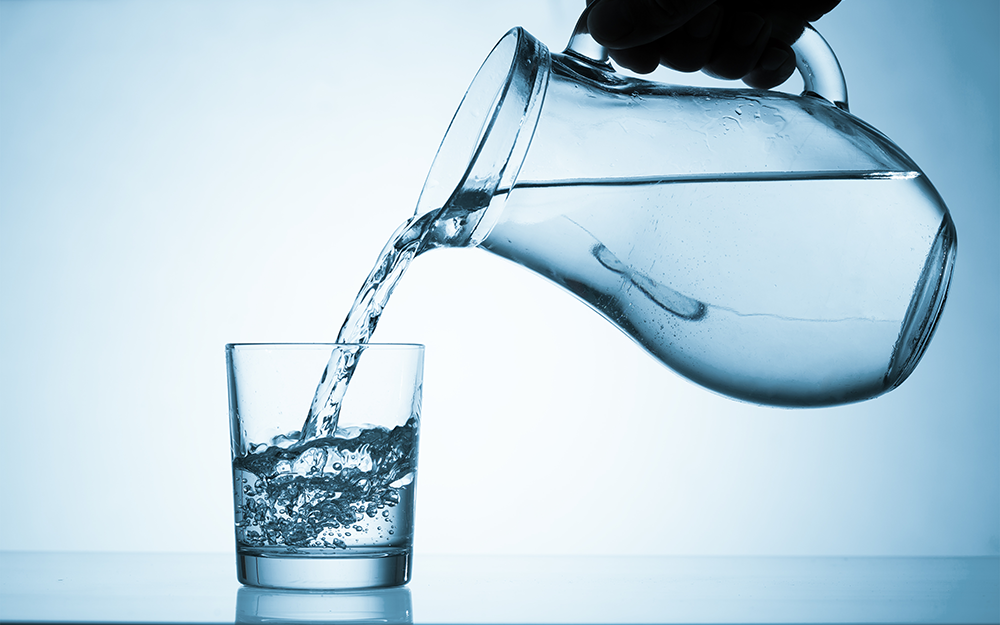DesertEaglePt50
New Member
Hi, thanks for reading. I have read many threads about acid neutralizers on this site. I apologize if this question was already addressed, it might just be a gap in my understanding. My interest in this topic isn't hypothetical, but it was simpler to pose the question that way.
Let's say I just moved into a house that has copper piping and an acid neutralizer. I do a complete dump and refill of the calcite-only media. I send my water out to be tested, because I want to make sure my pipes are protected. How do I know that my pipes are protected from now until I refill the media at 1/3 the tank volume? Can I determine this from one test of the treated water when the calcite is full? Can my followup testing as the calcite is depleted simply be for pH and plug that into an LSI calculator or do I need a complete water test because the other factors affecting LSI cannot be assumed to be constants?
Thank you!
Let's say I just moved into a house that has copper piping and an acid neutralizer. I do a complete dump and refill of the calcite-only media. I send my water out to be tested, because I want to make sure my pipes are protected. How do I know that my pipes are protected from now until I refill the media at 1/3 the tank volume? Can I determine this from one test of the treated water when the calcite is full? Can my followup testing as the calcite is depleted simply be for pH and plug that into an LSI calculator or do I need a complete water test because the other factors affecting LSI cannot be assumed to be constants?
Thank you!


